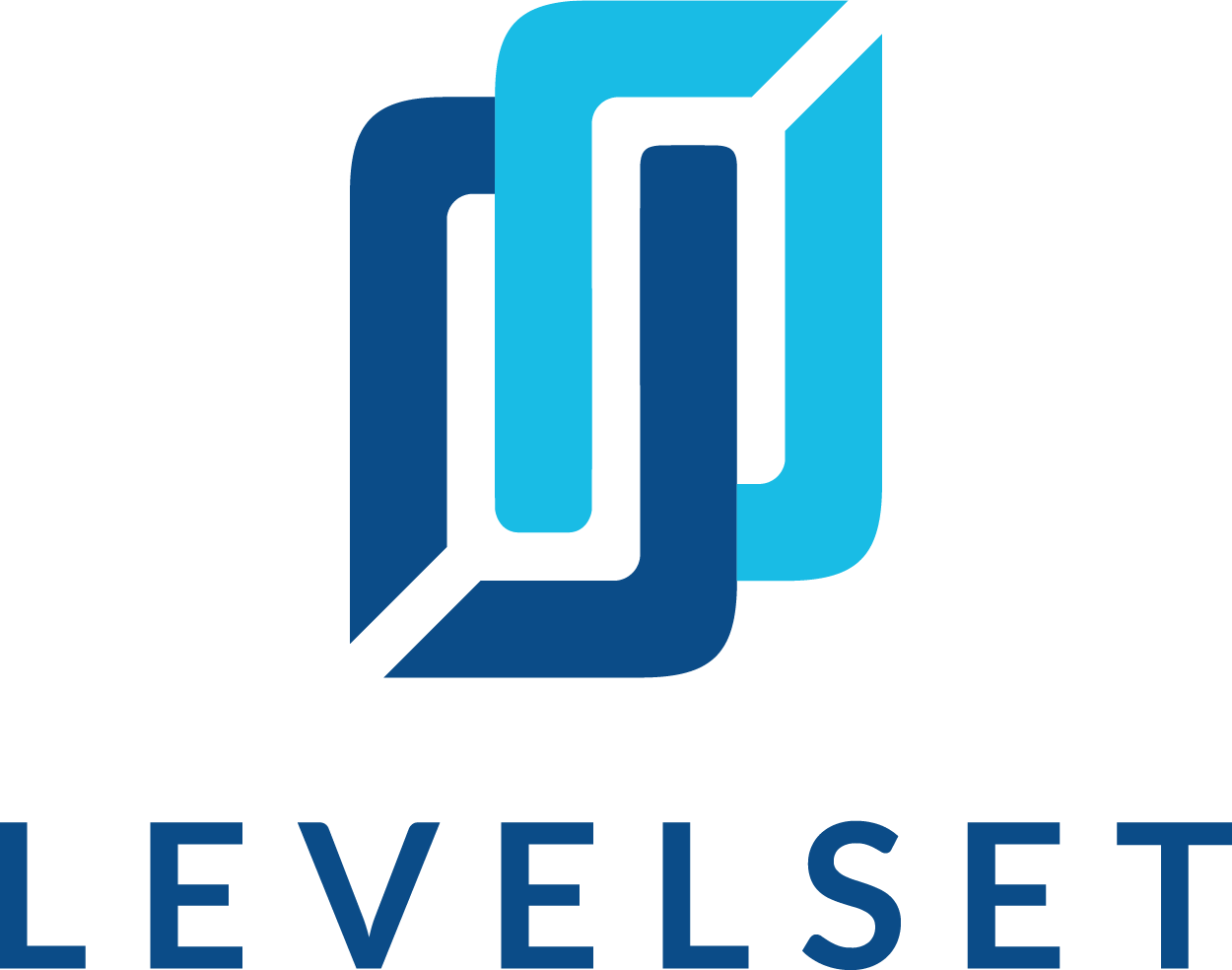
It’s no secret that the construction industry faces difficulties in payment and associated problems related to cash-flow management. Because of these difficulties, it’s usually important for a construction company accountant (or the person wearing the cash-management hat) to be exceptionally organized and follow set procedures, even if those procedures are sometimes pushed aside. The business failure rates in construction are high and the margins are very low, so anything that throws a wrench into getting paid on time (or at least, when expected), or otherwise results in difficulties not contemplated by that business’s accounting procedures can have significant consequences.
Procedures Matter
As noted, construction industry businesses work on tight margins and are often required to float significant project costs. When payroll is due every couple of weeks at best and materials must be paid for on receipt, but payment from upper-tiered parties only comes much later, cash management is incredibly important. Without strong procedures in place to smooth these edges, provide actionable information, and give insight into the business’s cash position the company can be in a world of hurt.
Further, a construction project is not a transaction realized at a concrete point in time. Long projects, extended contracts, change orders, and the like mean that firm understanding of when profits are realized is difficult. And, again, this means that set procedures are necessary for the financial health of the business.
In order to best position the company for continued success, and to best manage cash flow, construction companies must rely on set procedures, timelines, entry methods, and more for everything finance related. The more structure and process and can be superimposed over the mess of cash flow in the construction industry, the easier it can be for companies to navigate the tumultuous waters of construction payment. Mandated use of construction payment applications, however, while potentially beneficial in some ways, can create havoc for the subcontractors or other lower-tiered parties.
Construction Payment Technology Apps Mandate Their Own Procedures
Construction payment software applications (while purportedly designed to streamline the payment process) are:
1) generally focused on GCs
2) set up to streamline payment by forcing uniformity in payment requests.
The way most construction payment software applications “streamline” the process is by mandating (or allowing the GC to mandate) specific procedures, processes, and requirements. A subset of these software products include lien waiver software. While standardization is a benefit – the fact there there are multiple payment software applications, and a countless number of subcontractor procedures that may not line-up with the payment softwares, can create more of mess than there was to begin with.
It’s unfortunate, but by making the process easier for GCs (with “standardized” pay requests), it can have the opposite result for the rest of the project participants. While all payment requests coming to a particular GC may be standardized, not every GC uses the same standardization and it can force project participants into following multiple different procedures requirements depending on job, and not being able to follow their own set procedures on any. In fact, the American Subcontractors Association has noted that one payment application “allows general contractors to be unduly rigid in the processing of payments, and user experience is often that the generals blame the system and use it to delay issuing payments. . .” In an industry where margins are razor thin, the mandated procedures of a payment application software product resulting in slower payments can be a significant problem.
Construction payment software applications are a great concept – get paid faster, store documents/information in the cloud – but can be less game-changing in practice, at least until everybody gets on the same page (or close to it). Collaboration is the key to a successful streamlining of the payment process.
In considering any software to help you with lien waivers or the payment process, be sure to consult our article on the 5 Best Lien Waiver Software Tools & Apps.
